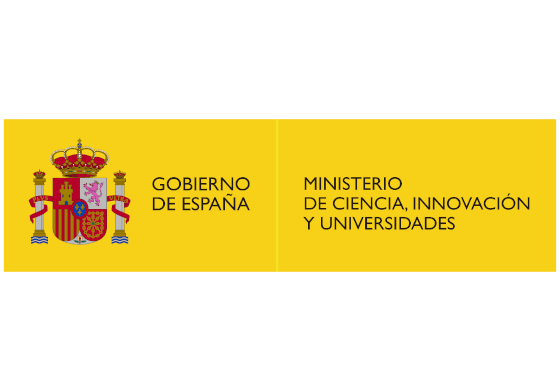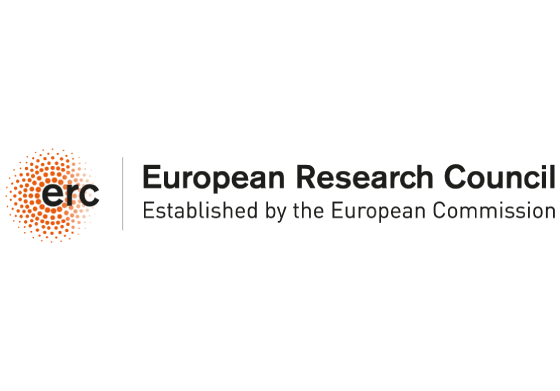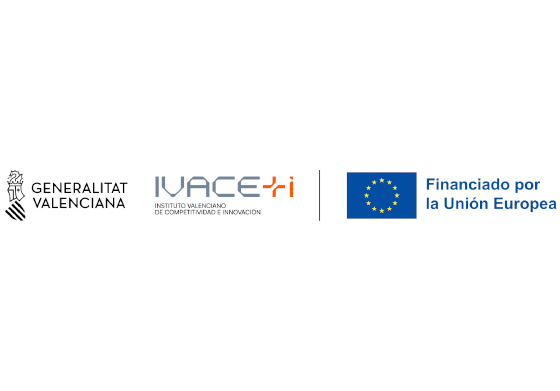The development and use of clean, sustainable and safe energy sources, in order to substitute the use of fossil fuels, is a current challenge of science and technology. Solar energy, the only viable alternative, can be converted and stored in the form of molecular bonds, mimicking the photosynthesis process in green plants, to obtain fuels or other added-value products. This process requires semiconductor materials that can efficiently harvest and transform solar into chemical energy. In the present doctoral thesis, the study of semiconductor materials for photo-electrocatalytic applications was addressed from different approaches. That includes: the modification of photoelectrodes with catalytic coatings, obtained from a metal-organic framework; the implementation of a new method for the understanding of the photoelectrodes operating mechanisms; the integration of electrocatalytic and photovoltaic devices from Earth-abundant materials; and, finally, the investigation of new systems with potential application in photo-electrocatalytic processes.










